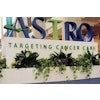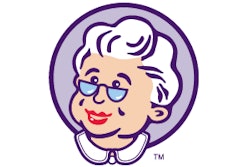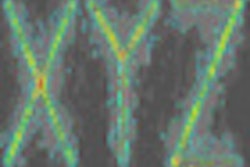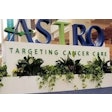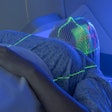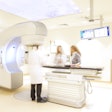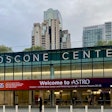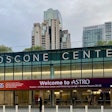The demand for radiation therapy treatment in the U.S. between 2010 and 2020 is expected to increase at a rate 10 times faster than the increase in practicing radiation oncologists, according to new research published online October 18 in the Journal of Clinical Oncology.
During this decade, the total number of patients in the U.S. receiving radiation therapy during their initial treatment course is expected to increase by 22%, from 470,000 to 575,000 per year, according to researchers from the University of Texas M. D. Anderson Cancer Center in Houston; Yale University School of Medicine in New Haven, CT; and the Cancer Institute of New Jersey in New Brunswick.
In contrast, if the current graduation rate of 140 residents per year remains constant, the number of full-time equivalent radiation oncologists is expected to increase by only 2%. To meet the demand, the size of radiation oncology residency training classes will need to double to 280 residents during 2014 through 2019.
Lead author Benjamin D. Smith, MD, an assistant professor of radiation oncology at M. D. Anderson, and colleagues used statistics from the American Board of Radiology, the U.S. Census Bureau, and the Surveillance, Epidemiology and End Results (SEER)-17 database in their analysis.
To offset the projected shortages, in addition to recommending that the size of residency programs increase, the authors suggested that cancer treatment centers offer shorter radiation treatment courses, and that patient management team models incorporating physician assistants and/or advanced practice registered nurses be adopted.
The findings add to the growing body of literature compiled by the American Society for Clinical Oncology and other organizations on the projected shortage of oncology physicians over the next 10 years, which is driven largely by demographic changes, including growing population of older adults and minorities, groups in which certain cancers are more prevalent. Data from the study approximates that the need for radiation therapy for adults ages 65 and older will increase 38%; for minorities, demand will increase by 45%.
"Shortages mean double trouble," Smith said. "Since research has shown that a delay between diagnosis and the start of radiation therapy can reduce its effectiveness, oncologists and radiologists must collaborate even more so the quality of care doesn't break down at multiple points."
By Cynthia E. Keen
AuntMinnie.com staff writer
October 21, 2010
Related Reading
Recruiting firm predicts rad shortage, September 3, 2010
Shorter radiation course for breast cancer does not impair long-term outcomes, February 11, 2010
Radiologists want more work, study suggests, February 19, 2010
SPR survey addresses pediatric rad shortage, August 31, 2009
Shortage of cancer doctors in coming years, March 14, 2007
Copyright © 2010 AuntMinnie.com
